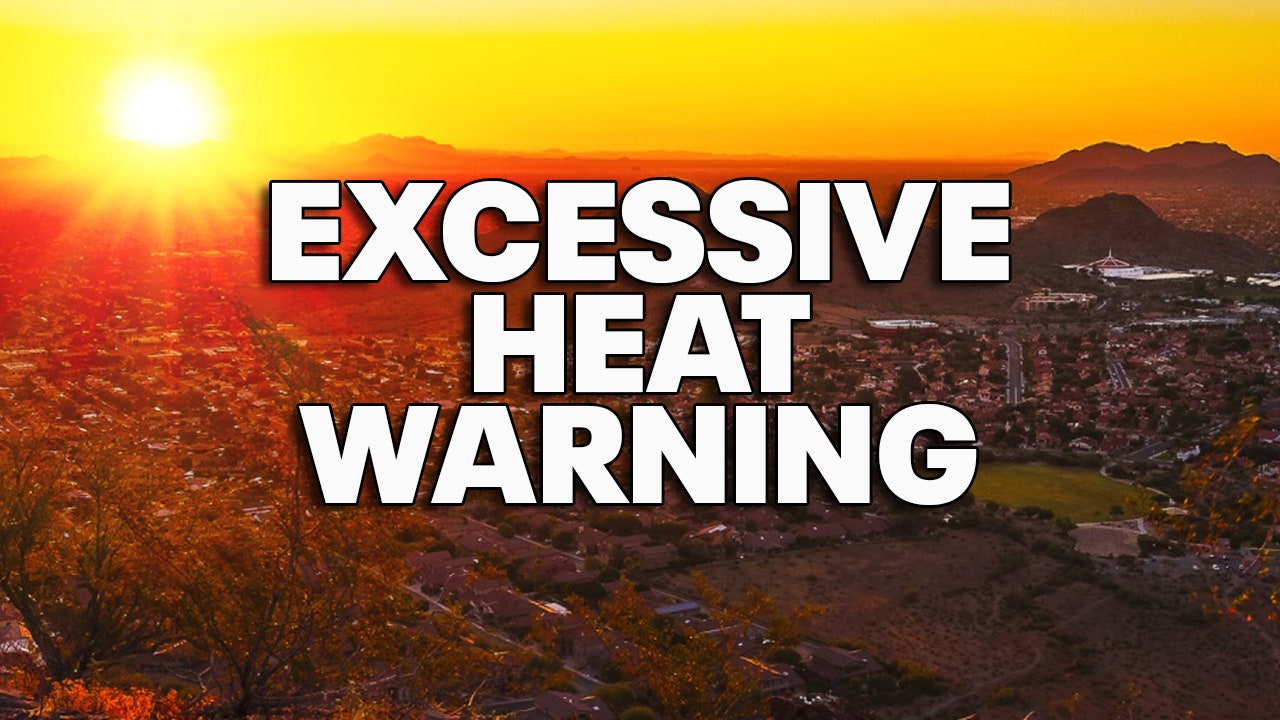An Excessive Heat Warning is an official alert issued by the National Weather Service (NWS) or other local weather agencies to inform the public about dangerously high temperatures that pose serious health risks. These warnings are not issued lightly—they indicate that extreme heat conditions are either occurring or imminent and require immediate attention and precautionary actions. In this article, we will explore what an excessive heat warning means, why it’s issued, the dangers associated with excessive heat, and what you can do to stay safe when one is in effect.
What Triggers an Excessive Heat Warning?
An Excessive Heat Warning is typically issued when the heat index—a measure that combines air temperature with humidity to determine how hot it feels—reaches a dangerous level. The criteria for issuing such a warning can vary depending on the region, but it usually means that the heat index is expected to be dangerously high for at least two consecutive days, with nighttime temperatures offering little relief.
Heat Index and Its Role
The heat index is a critical factor in determining when an Excessive Heat Warning is issued. It provides a “feels-like” temperature that combines the actual air temperature with the humidity level. For example, an air temperature of 90°F with high humidity might feel closer to 100°F, increasing the risk of heat-related illnesses. The NWS uses the heat index to assess how heat will impact the human body, and when the index reaches extreme levels—typically 105°F or higher—an Excessive Heat Warning is triggered.
Regional Differences
While a temperature of 95°F might be typical for some areas during the summer, it could be considered dangerous in other regions that are not accustomed to such extreme heat. Therefore, local climate conditions play a significant role in when and where an Excessive Heat Warning is issued. For example, in cooler climates, an Excessive Heat Warning might be triggered at lower temperatures than in consistently hot areas like the desert Southwest.
Dangers of Excessive Heat
Extreme heat is a serious public health threat. When the body is exposed to high temperatures for prolonged periods, it can become overwhelmed, leading to dangerous health conditions. This is especially concerning for vulnerable populations like the elderly, young children, and people with chronic illnesses.
Heat-Related Illnesses
Excessive heat can lead to several heat-related illnesses, ranging from mild conditions like heat rash to life-threatening ones like heat stroke. Some of the most common heat-related illnesses include:
- Heat Cramps – These are painful muscle cramps, usually caused by dehydration and loss of electrolytes through sweating.
- Heat Exhaustion – This occurs when the body loses too much water and salt, leading to symptoms such as heavy sweating, weakness, dizziness, nausea, and headaches.
- Heat Stroke – This is the most serious heat-related illness and can be life-threatening. It occurs when the body’s temperature rises rapidly and is unable to cool down. Symptoms include confusion, seizures, and loss of consciousness, and it requires immediate medical attention.
Increased Mortality Rates
Studies have shown that heatwaves can lead to a significant increase in mortality rates, particularly among vulnerable populations. In fact, heat-related deaths can surpass fatalities from other natural disasters such as hurricanes or tornadoes. The human body struggles to cool itself when temperatures soar, and when nighttime temperatures remain high, the body doesn’t get the chance to recover, increasing the risk of heat-related complications.
Who is Most at Risk During an Excessive Heat Warning?
While excessive heat poses a risk to everyone, certain groups are more vulnerable and at a higher risk of suffering from heat-related illnesses. These include:
- The Elderly – Older adults may have a reduced ability to regulate body temperature and are more susceptible to heat exhaustion and heat stroke.
- Infants and Young Children – Their bodies are less efficient at cooling down, making them more prone to heat-related problems.
- People with Chronic Health Conditions – Individuals with heart disease, respiratory issues, or other chronic conditions may find it harder to cope with extreme heat.
- Outdoor Workers – People who work outdoors, such as construction workers or farmers, face increased exposure to dangerous heat levels and are at higher risk of heat stress.
- Athletes and Active Individuals – Strenuous physical activity in high heat can lead to dehydration and increase the risk of heat-related illnesses.
How to Stay Safe During an Excessive Heat Warning
Taking proper precautions during an Excessive Heat Warning is crucial to avoiding heat-related illnesses and staying safe. Below are some key tips to help you cope with extreme heat:
1. Stay Hydrated
Drinking plenty of fluids is essential during periods of excessive heat. Water is the best option, but sports drinks containing electrolytes can also help replace salts lost through sweating. Avoid caffeinated or alcoholic beverages, as they can lead to further dehydration.
2. Stay Indoors
During an Excessive Heat Warning, it’s important to minimize outdoor activities, especially during the hottest parts of the day (typically between 10 a.m. and 4 p.m.). If you don’t have access to air conditioning at home, consider spending time in air-conditioned public places such as libraries, malls, or cooling centers.
3. Wear Lightweight Clothing
Lightweight, loose-fitting, and light-colored clothing helps the body stay cool. Additionally, wearing a wide-brimmed hat and sunglasses can help protect you from the sun if you need to be outdoors.
4. Avoid Strenuous Activity
If possible, postpone strenuous activities like exercise or outdoor work until the heat has subsided. If you must engage in physical activity, take frequent breaks and drink water regularly.
5. Check on Vulnerable Individuals
Check on elderly family members, neighbors, or others who may be vulnerable to extreme heat, particularly those living alone. Ensure they are staying cool, hydrated, and safe.
Conclusion
An Excessive Heat Warning is not just a weather advisory—it’s a critical alert designed to protect public health. When issued, it signals that temperatures are expected to reach dangerously high levels, making it essential to take precautionary measures. By staying hydrated, avoiding unnecessary outdoor activities, and looking out for vulnerable populations, we can reduce the risks associated with extreme heat. Understanding the importance of these warnings and preparing accordingly can make a significant difference in preventing heat-related illnesses and saving lives.


